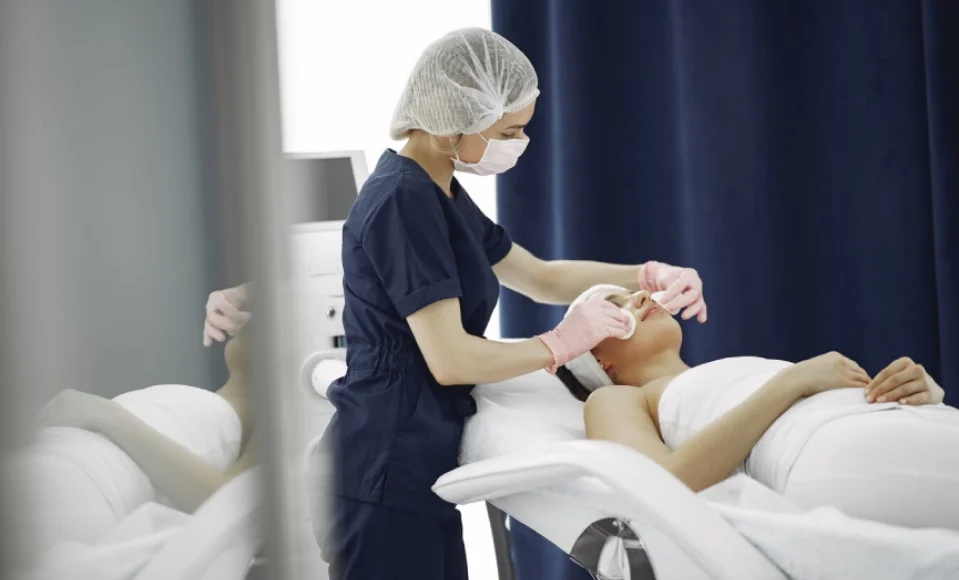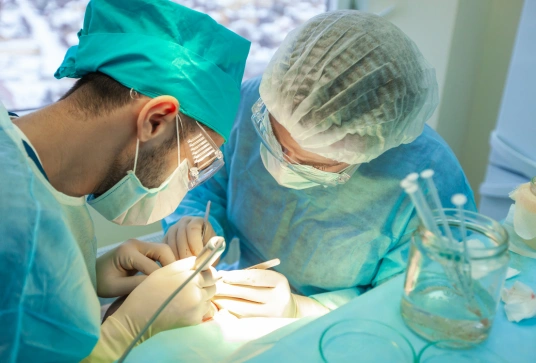
Hair Transplant
The surgical technique that removes hair follicles from one part of the body, to a balding part of the body. Primarily used to treat male pattern baldness, this involves harvesting hair roots from the permanent zone of the scalp, beard and body which are then implanted on the bald area. The implanted roots grow into adult hair within 6-12 months.
Types Of Hair Transplant
Follicular Unit Strip Surgery (FUSS)
A strip of hair from the donor region is taken and implanted on the balding area, followed by sutures to close the donor area. This procedure is best for average to extreme balding cases since it allows several grafts to be transplanted in a single session, and also take several days to heal.
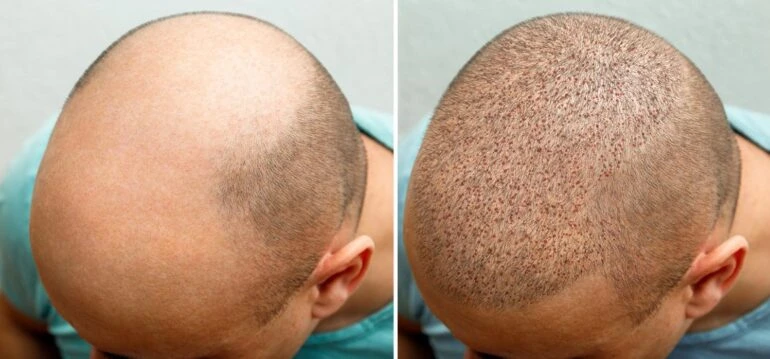

Follicular Unit Extraction (FUE)
Strands of hair are transplanted from the back and sides of your head in groups of one to four, since this is how hair naturally grows. This process does not involve major cuts, has a shorter recovery time, leaves fewer scars and the overall results are more natural looking.
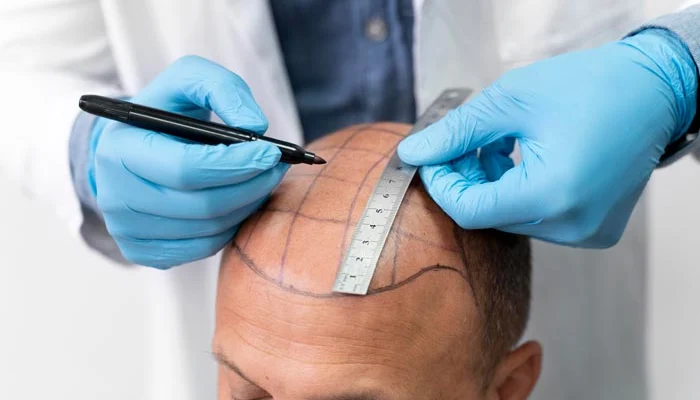
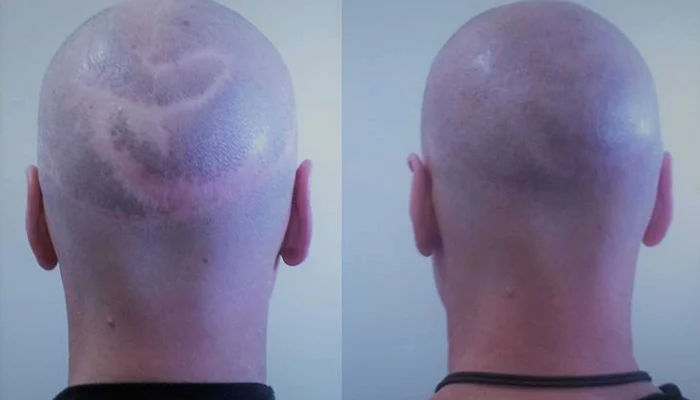
Scalp Reduction
A rare and more expensive method, The bald area is surgically removed and the hair-bearing scalp is stretched to replace the same.
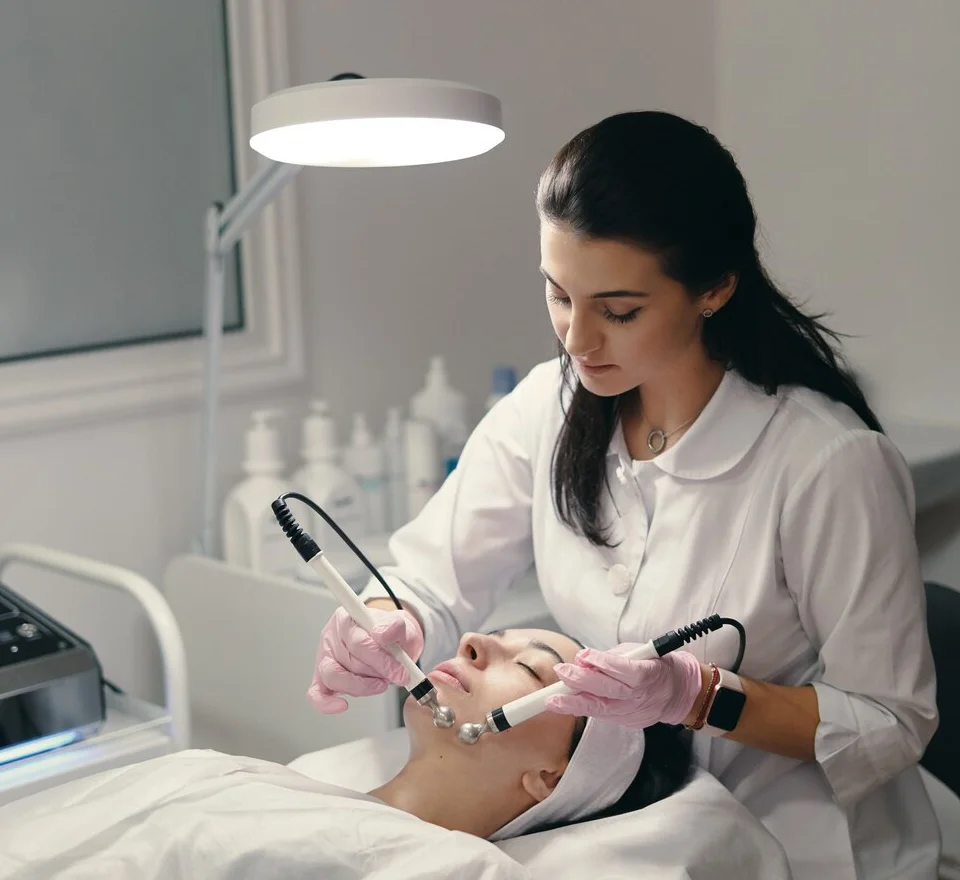
FAQ
Frequently Asked Question
The skin graft may “die”, thus requiring a repeat of the process. Also, small bumps may form on the scalp. Hair transplantation is normally safe when it is done by a qualified doctor. Still, each case is unique and the reaction to the transplant may differ from case to case.
The FUE (Follicular Unit Extraction) technique for Hair Transplant can restore hair on the scalp, eyebrows and beard, and is more beneficial than the old FUT because it doesn’t involve a knife or blade, it is painless and has no scarring. Hair from the back of the scalp, neck, back, chest, beard, etc can be extracted and placed within 4-6 hours.
A hair transplant is usually carried out under local anaesthetic and sedation, which means you’ll be awake but will not feel any pain. Thanks to local anesthesia and post-operative pain medications, no, a hair transplant is not painful. While no surgery can be completely painless and some brief and likely temporary level of discomfort is possible, a hair transplant is typically a pleasant and easy experience for most hair loss sufferers.
FUT and FUE may each take several hours to several days to complete, and you will go home the same day of the procedure. Once the surgery is done, your surgeon carefully removes any bandages. The area may be swollen, so your surgeon might inject triamcinolone into the area to keep the swelling down. You’ll likely feel pain or soreness at the transplant site as well as in the area where hair was taken from. For the next few days, your surgeon may prescribe pain medications, antibiotics to prevent infections, anti-inflammatories, such as an oral steroid, to relieve swelling and medications such as finasteride (Propecia) or minoxidil (Rogaine) to help stimulate hair growth.
- Wait a few days after the surgery to wash your hair. Only use mild shampoos for the first few weeks.
- Don’t press a brush or comb down over the new grafts for about 3 weeks.
- Don’t press a brush or comb down over the new grafts for about 3 weeks.
- Don’t exercise for about a week.
- Don’t worry if some hairs fall out. This is part of the process. Transplanted hair may not grow much or seamlessly match the hair around it for a few months.
Scarring and other potential side effects include infections, crust or pus drainage around the surgical sites, pain, itching or swelling of the scalp, inflammation of hair follicles (folliculitis), bleeding and losing sensation around the surgical sites. Minoxidil and Propecia can also have side effects, such as an irritated scalp, dizziness, chest pain, headaches, irregular heart rate, sexual dysfunction and swelling of the hand, foot or breast.
